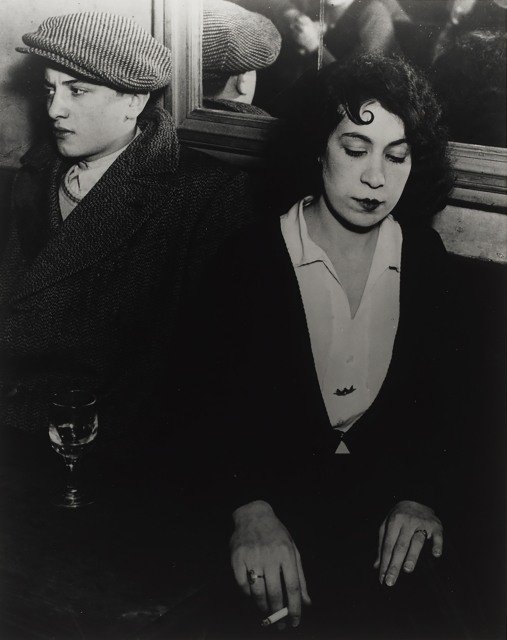Brassaï (1899–1984) was a Hungarian-French photographer, sculptor, and filmmaker, renowned for capturing the atmospheric essence of Parisian nightlife. Born Gyula Halász in Brașov, Transylvania (then part of Hungary), he adopted the pseudonym Brassaï in homage to his hometown. After studying painting and sculpture in Budapest and Berlin, he moved to Paris in 1924, where he immersed himself in the city’s vibrant artistic and literary circles.
Brassaï’s fascination with the nocturnal life of Paris led to his groundbreaking series of photographs that documented the city’s underbelly — its alleyways, cabarets, and intimate encounters. His 1933 photobook Paris de Nuit (Paris by Night) established him as a master of night photography, skillfully using available light to create evocative, atmospheric images. Through his lens, the city’s diverse inhabitants — from aristocrats to workers — were captured with both honesty and empathy.
In addition to his street photography, Brassaï was an acclaimed portraitist, photographing prominent cultural figures such as Pablo Picasso, Henri Matisse, Salvador Dalí, and Jean Cocteau. His relationship with Picasso, in particular, resulted in a series of intimate photographs that provided rare insights into the artist’s world. Beyond photography, Brassaï explored other mediums, creating sculptures, drawings, and writings that further enriched his artistic legacy.
His work remains a testament to the interplay of light and shadow, capturing the spirit of interwar Paris with unmatched lyricism. Recognized as one of the most influential photographers of the 20th century, Brassaï’s evocative images continue to shape the visual language of modern photography and urban storytelling.
